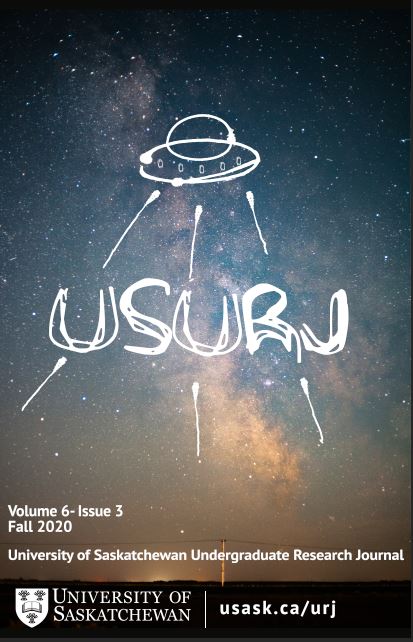A Foundation of Serial Murder and Appreciation of the Male Voice: Historical and Feminist Considerations in The Handmaid's Tale
Main Article Content
Abstract
Violent crime, and the impulse to temper it, fuel cycles of utopian and dystopian discourse in North American literature. Dystopian fiction operates as a social document that highlight the anxieties of the time in which authoring takes place, and in Margaret Atwood's The Handmaid's Tale, America's violent history/(his)story is legalized and gendered. The principal narrator, Offred, manages her perspective—the only thing she can claim personal ownership over—under the pressure of a strict monotheocracy. This paper examines Atwood's novel with a historical-critical lens and posits that groundwork for Gilead was seeded during a spike of lurid serial murders in the 1970s/1980s—a discourse established, perhaps hyperbolically, by the pre-digital press combined with the resurgence of conservative values during the Reagan administration; these conditions fertilized the neo-patriarchal legislation of the fictional Gilead—text born of context. Both historical and feminist criticism discover examples of gendered assault, contemporary to the time of the novel's authoring, bleeding into the nebulously timed present-day Gilead—for time, the narrator notes, has not been of enumerable value since the mid-1980s. The Handmaid's Tale repurposes the history of sexual violence and femicide; here, horror is systematically present within the Puritan womb which seeks to shield an infantilized population—women from the monsters in dark alleys to the proliferation of Ted Bundy and Edmund Kemper doppelgangers in mass media.
Downloads
Article Details
Section
Articles: USURJ’s current Publication Agreements apply a Creative Commons Attribution-NonCommercial License (CC-BY-NC) by default. The CC BY-NC license lets others remix, tweak, and build upon work non-commercially. The author(s) can choose a different CC license, as outlined in https://creativecommons.org/about/cclicenses/. Please see the PDF for each article to determine what license is applied to that article. Author(s) can also request to reserve all copyright (All Rights Reserved). If there is no indication for articles published before September 2020, assume the author retains all rights beyond those necessary for publication by USURJ. All articles published after September 2020 will apply one of the aforementioned CC licenses. See the Publication Agreement under the Submission Preparation Checklist or Author Guidelines for more information. Artwork: All copyright for the original artwork remains with the artist unless they wish to apply a Creative Commons (CC) license to the artwork. Please see the PDF for each artwork to determine what license is applied to that artwork.
